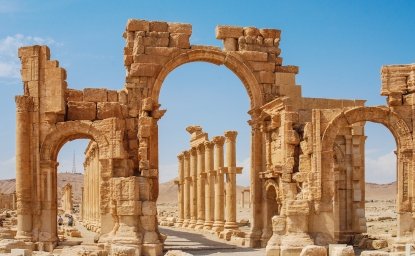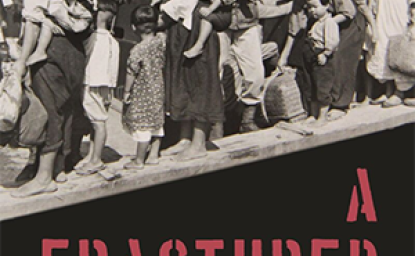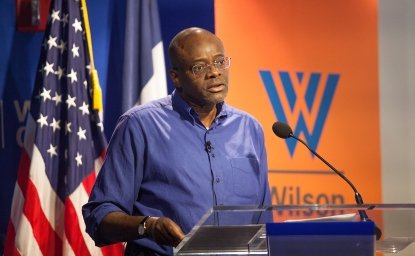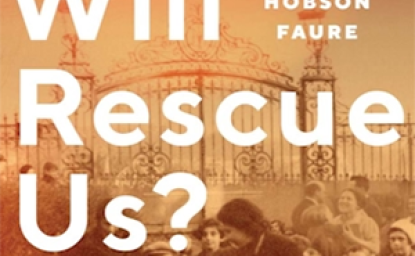When Secretary of State Hillary Clinton visited Burma (Myanmar) at the end of November 2011, much was made of this being the first visit by an American secretary of state in over half a century. The only previous visit occurred in February 1955 when Secretary of State John Foster Dulles visited Rangoon. The issues behind the two visits were different, but they were both unexpected (a year before the visits neither could have been envisioned), both responded to recent changes in Burma, and both had a China connection.
Clinton’s visit occurred against a background of apparent relaxation of Burma’s harsh military rule and that country’s desire to distance itself somewhat from China, a country with considerable political and especially economic influence. Dulles’ visit came at a time of growing Cold War concerns about growing Chinese influence and fears that Burma was about the take the communist side in the Cold War.
Burma gained its independence from Great Britain in January 1948. Almost immediately the country was beset by a variety of insurgencies from various ethnic minorities who feared oppression by the Burman majority, and from communist insurgents. The country very nearly collapsed. In addition, in 1949 and 1950 the victorious Chinese Communists drove remnant Chinese Nationalist (KMT) forces into northern Burma. Supported by Chiang Kai-shek on Taiwan and also by the CIA, the Nationalists remained, occasionally making (mostly disastrous) incursions into southern China, and complicating enormously diplomatic relations between the United States and Burma. In 1953, in protest at the inability of the United States to end KMT occupation of parts of its country, Burma’s government cut off all American economic and technical assistance. Limited American military assistance had ended even earlier.
The bilateral relationship was slightly improved by the fall of 1954 (a partial solution to the KMT issue had been completed, and talks about military aid had been renewed). But Burma’s Cold War neutrality and its need to conciliate China (with which it shared a long border) kept its relationship with the United States somewhat distant. Thus in October 1954, when Prime Minister U Nu indicated to a New York Times correspondent that he would like to visit the United States (following a visit to China), the American response was decidedly cool. All of the available slots for 1954 were already booked, the State Department responded to an American embassy inquiry, and there was no plan to invite him in 1955. Visits of foreign chiefs of state or prime ministers would be approved only if their visit would clearly “promote American policy objectives.” For the time being, that did not include U Nu.
Yet within weeks, Secretary Dulles himself was in Rangoon carrying an invitation to Nu to visit the United States. What had changed?
It appeared to some that China was gaining influence in Burma; U Nu had recently visited Beijing and was impressed with what he saw. And the United States was doing nothing in response, despite the high Cold War stakes.
Among the critics was the influential columnist, Joseph Alsop, then visiting Rangoon. Alsop wrote a scathing column, arguing that Burma was a good place to draw the line against the communists and that the Americans were woefully somnolent. American representation in Burma had “the approximate dynamic effectiveness of an old wet washrag,” he asserted. There hadn’t even been an ambassador there for six months.
This kind of criticism (which, despite Alsop’s allegations about American representation in Burma, also included impassioned cables from the American embassy), was effective, and Burma was suddenly back in the forefront of American policy interests in Southeast Asia. Dulles came to Rangoon, had a friendly visit with U Nu, detailed American views about the dangers China posed to Burma, and heard Nu advocate Beijing’s entry into the United Nations. Dulles then invited U Nu to visit Washington. The White House had found time on the President’s schedule after all, and within five months the Prime Minister was in Washington, where he met President Dwight Eisenhower. He very much enjoyed his time in the United States, and the Burma-United States relationship improved, at least for a time.
In sum, Dulles had gone to Burma at a time of worrisome change in Burma. The United States looked at the country with new eyes and was soon negotiating economic and military assistance programs. Secretary Clinton went to Burma at a time of positive change, this time hoping to encourage Burma’s repressive government to release more political prisoners and move toward a democratic political system.
One interesting constant was China. Dulles hoped to blunt China’s influence in Burma. So, in a sense, did Clinton. China was probably not the major factor in bringing about Clinton’s visit, but it was consistent with other recent American moves toward a more assertive position in Southeast Asia.





